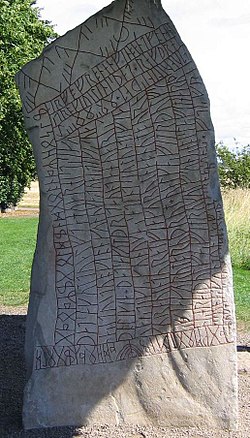Apparently Old English and Old Icelandic were mutually comprehensible
Friday, June 06, 2008
Probably not news to anyone well-versed in this area, but I stumbled across a book that makes this claim:
This book takes the subject one step further by offering a comparison of the syntax of Old English and Old Icelandic, the two best-preserved Old Germanic languages. Overwhelmingly the two languages show the same word-order patterns - as do the other Old Germanic languages, at least as far as can be determined from the fragments which have survived. It has long been recognised that Old English and Old Icelandic have a high proportion of common lexis and very similar morphology, yet the convention has been to emphasise the differences between the two as representatives respectively of the West and North sub-families of Germanic. The argument of this book is that the similar word-order of the two should instead lead us to stress the similarities between the two languages. Old English and Old Icelandic were sufficiently close to be mutually comprehensible. This thesis receives copious support from historical and literary texts. Our understanding of the Old Germanic world should be modified by the concept of a common «Northern Speech» which provided a common Germanic ethnic identity and a platform for the free flow of cultural ideas.Anybody read this book, and think the information contained within its 190 pages is worth the $60? It's from 2006.







0 comments:
Post a Comment